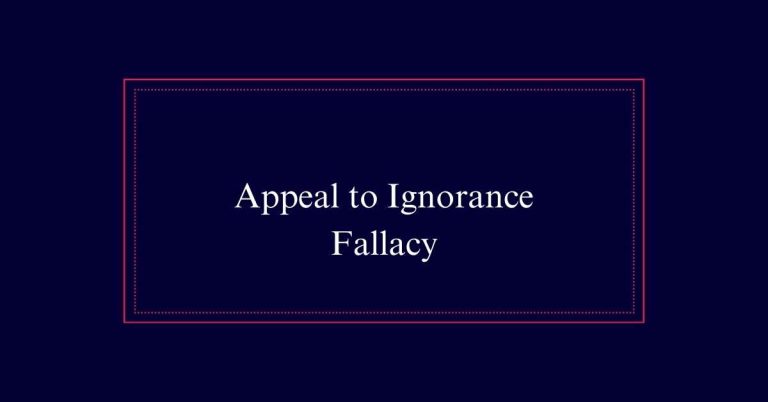How to Quote a Quote?
When quoting a quote, the conventions differ between American and British English. In American English, use double quotation marks for the main quote and single quotation marks for the quote within the quote. In British English, it’s the opposite: use single quotation marks for the main quote and double quotation marks for the nested quote. Guarantee there is no extra space between the quotation marks to maintain clarity.
American Quotation Conventions
In American quotation conventions, double quotation marks are typically used for the main quote, while single quotation marks are used for a quote within the quote.
For example, if you are quoting a character who quotes someone else, the main dialogue is enclosed in double quotes, and the inner quote in single quotes. For instance: ‘John said, ‘This is fantastic.”
This method guarantees clarity by distinguishing between different levels of quoting. Additionally, there are no spaces between the single and double quotation marks when they appear together.
British Quotation Conventions
British quotation conventions mandate the use of single quotation marks for the main quote and double quotation marks for a quote within a quote.
This is the opposite of American conventions, which use double quotation marks for the primary quote.
For example, if you are quoting a character from a book who quotes someone else, you would write: ‘He said, ‘It’s a beautiful day.” No space is needed between the single and double quotation marks when they are adjacent.
Nested Quotations Explained
Often, nested quotations are used to accurately convey characters’ dialogues or to preserve the original context of a quoted material. In American English, the main quote uses double quotation marks, while the nested quote uses single quotation marks. Conversely, British English employs single quotation marks for the main quote and double for the nested quote.
Here’s a quick reference table to illustrate:
| Convention | Main Quote | Nested Quote |
|---|---|---|
| American English | ‘ | ‘ |
| British English | ‘ | ‘ |
Spacing in Quotes
Understanding the conventions of nested quotations is important, but it is equally essential to grasp the rules regarding spacing in quotes.
When using both single and double quotation marks together, no extra space is needed. For instance, in American English, you might write, “She said, ‘I’m tired.’” Notice there is no space between the closing single and double quotation marks. This maintains clarity and preserves the flow of text.
Similarly, in British English, the format would be, ‘She said, “I’m tired.”’ Again, no space is inserted between the marks. Maintaining proper spacing in quotes avoids confusion and keeps your writing professional and clean.

Quoting Books and Sources
When quoting books and sources, it is important to follow established quotation conventions to guarantee accuracy and clarity.
In American English, use double quotation marks for the primary quote and single quotation marks for a quote within the quote. For British English, reverse this convention.
Consistent use of these standards assures your readers can easily distinguish between your words and those of the source.
Always provide proper citations to acknowledge the original author and avoid plagiarism. Accurate quoting not only enhances the credibility of your writing but also shows respect for intellectual property.
Enhancing Clarity With Quotes
Using quotes effectively can greatly enhance the clarity of your writing. They provide direct evidence and support for your arguments. When you quote, you borrow the authority of the original source. This can make your points more compelling.
Clear quoting practices help readers distinguish between your ideas and those of others. Use double quotation marks for the main quote and single quotation marks for a quote within a quote in American English. This visual distinction aids reader comprehension.
Importance of Accurate Quoting
Accurate quoting is essential for maintaining the integrity and credibility of your writing. Properly quoting sources guarantees that the original meaning and context are preserved. It distinguishes your ideas from those of others, making the text clear and trustworthy.
In academic and professional settings, precise quoting is vital for demonstrating respect for intellectual property and adherence to ethical standards. Misquoting or using incorrect quotation marks can lead to confusion and misinterpretation. It may also raise concerns about plagiarism and damage your reputation.
Avoiding Plagiarism
Maintaining accurate quoting practices directly contributes to avoiding plagiarism in your writing. Plagiarism involves using someone else’s work without proper acknowledgment, which can lead to serious academic and professional consequences.
To avoid this, follow these essential guidelines:
- Use Quotation Marks Correctly: Always enclose quoted text within quotation marks. This separates your own words from the cited material.
- Properly Attribute Sources: Clearly identify the original author and source. This gives credit where it’s due and helps readers locate the original work.
- Paraphrase and Cite: When rephrasing someone else’s ideas, make sure you still give proper credit. Paraphrasing without attribution is also considered plagiarism.
Academic Quoting Guidelines
In academic writing, precise quoting guarantees the integrity and credibility of your work. Properly attributing sources is essential for demonstrating academic integrity.
When quoting, use double quotation marks for the main quote and single marks for a quote within a quote in American English. In British English, this is reversed. Make sure no space exists between the different quotation marks.
Always cite the original source accurately to avoid plagiarism. Follow your institution’s guidelines for quoting and referencing. Misquoting or failing to cite correctly can result in severe academic penalties.
Professional Quoting Practices
Proper quoting in professional contexts is essential for maintaining credibility and ensuring effective communication. Accurate quotes lend authority to your work and demonstrate respect for sources. Misquoting can lead to misunderstandings and damage your reputation.
Here are three key practices to keep in mind:
- Source Verification: Always verify the original source of the quote. Confirm the accuracy of the quoted material.
- Attribution: Clearly attribute the quote to its original author. Include context to uphold the integrity of the original statement.
- Industry Standards: Follow any specific quoting conventions relevant to your industry. This ensures your communication is professional and consistent.






